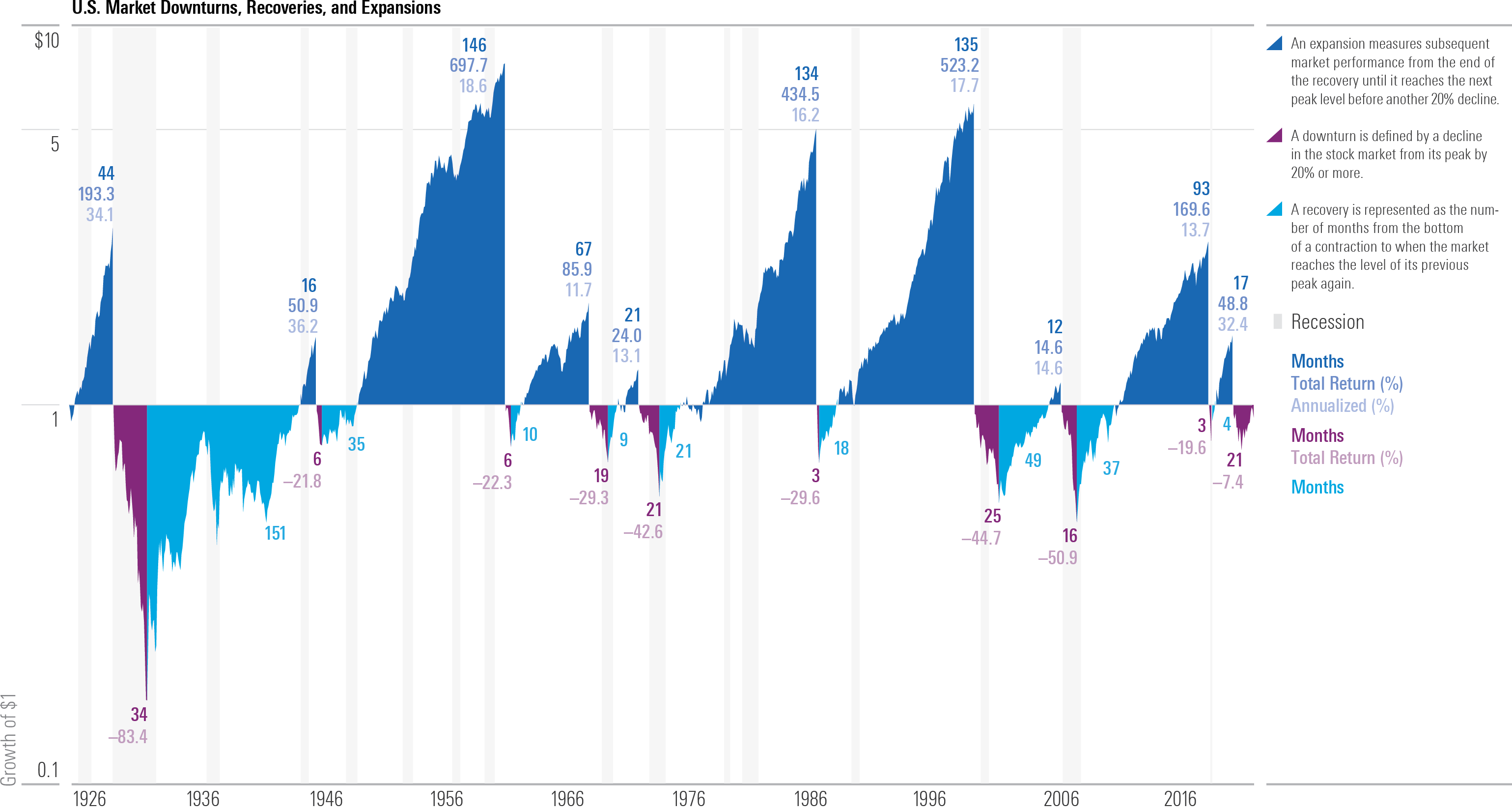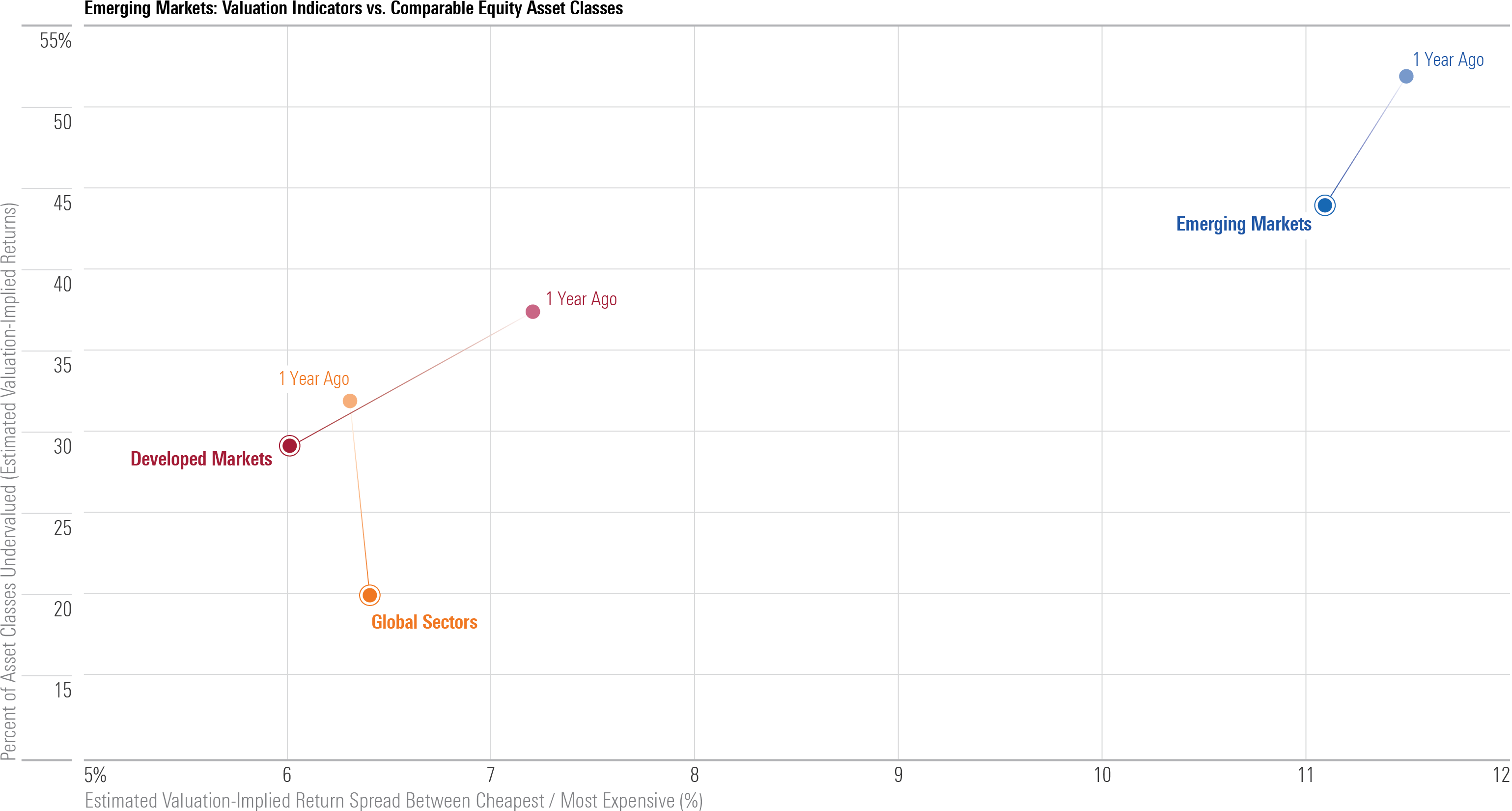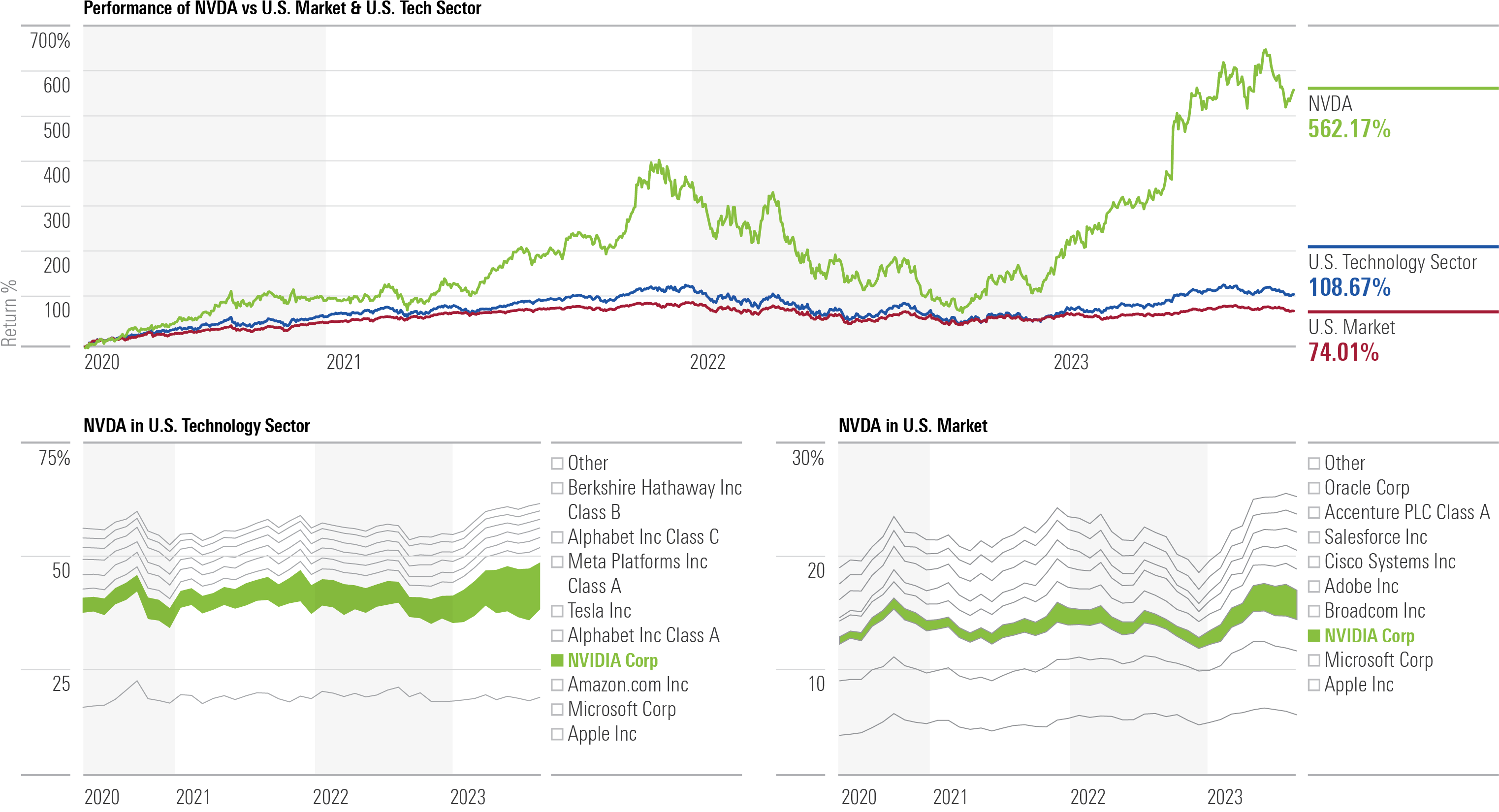The equity-markets rally in the first half of 2023 came to a halt in the third quarter, with the S and P 500 down over 3%. Growth-stock optimism that drove the first-half rally waned as investors absorbed the impacts of a “higher for longer” interest-rate scenario.
What should financial advisors look out for as 2023 closes?
Investors need help understanding what recent headlines mean for their portfolios and financial goals. Here are three charts that show what’s happening in the stock market, and how advisors can talk about it with clients.




